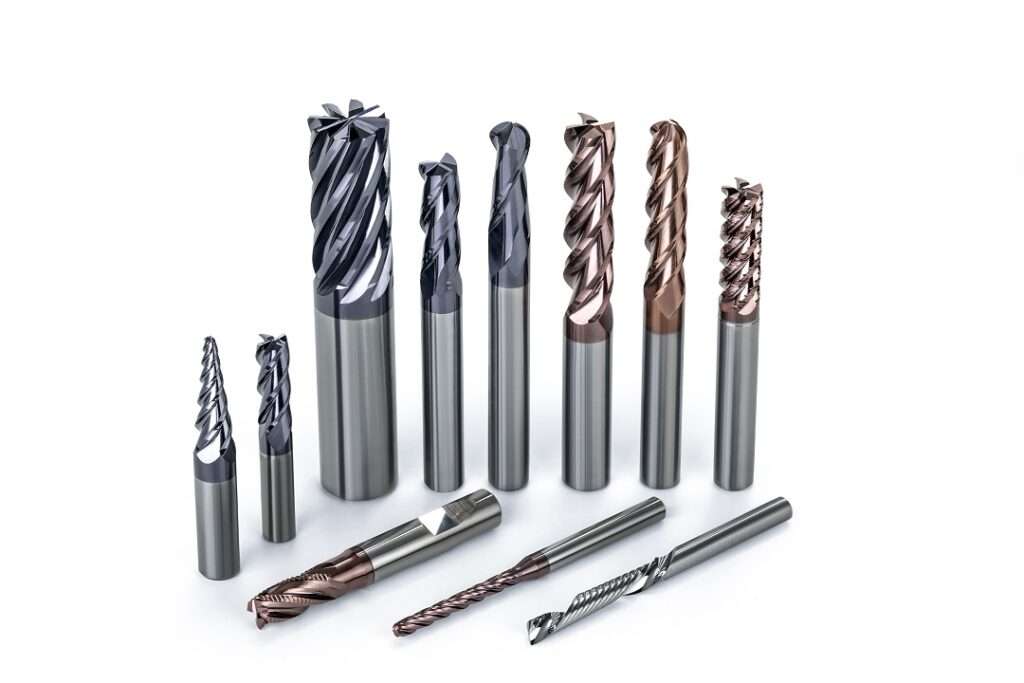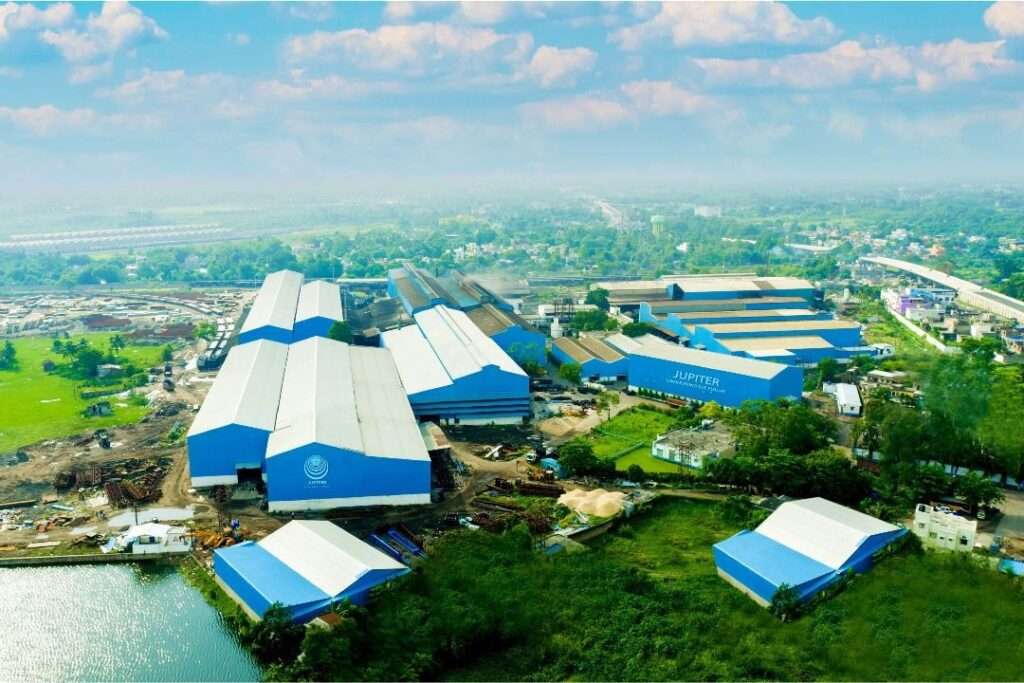Hitachi High-Tech Corporation has unveiled the LS9300AD, a novel system designed to examine both sides of non-patterned wafer surfaces for particles and defects. Besides the traditional dark-field laser scattering detection of foreign materials and defects, the LS9300AD features a new DIC (Differential Interference Contrast) inspection function.
Headquartered in Tokyo, Japan, Hitachi High-Tech Corporation is involved in a diverse array of sectors. These include the production and distribution of clinical analyzers, biotechnology items, and analytical tools. Hitachi also manufactures semiconductor production equipment and analysis devices, along with offering high-value solutions in social and industrial infrastructure, mobility, and other areas.
DIC function allows for the detection of irregular defects, including shallow, low aspect ratio microscopic defects. The LS9300AD incorporates the wafer edge grip method and rotating stage found in existing products, enabling thorough front and backside wafer inspection. By introducing the LS9300AD, Hitachi aims to lower inspection costs and enhance yield for semiconductor wafers and device manufacturers.
The system provides high-sensitivity and high-throughput detection of low-aspect microscopic defects, contributing to improved overall efficiency. The inspection of semiconductor wafers, both their surfaces and backside surfaces before circuit pattern formation, plays a crucial role in quality assurance during shipment and acceptance. It is also essential for controlling particles in various manufacturing processes of semiconductor devices.
Manufacturers use this method to ensure quality by identifying defects and particles that may arise during the manufacturing process. As semiconductor devices have become smaller and more complex, the size of defects and foreign matter affecting yield has decreased. Consequently, there is a growing need to manage all types of defects, including low-aspect microscopic defects, on both surfaces of the wafers.
With the semiconductor production expected to rise in response to changing social environments, the demand for high-sensitivity and high-throughput inspection equipment to control costs is increasing. In addition to the traditional dark-field laser scattering, the LS9300AD features a novel DIC optical system that allows for both highly sensitive, high-throughput inspection and the detection of low-aspect microscopic defects.
Unlike a dark-field laser that illuminates the wafer surface, the DIC laser emits two beams that target different points on the surface. When there is a difference in height between these two points, the phase contrast of the differential interference signal generated by the DIC laser highlights the surface’s unevenness.
This mechanism produces a high-contrast image that enables the detection of low-aspect microscopic defects, including their height, area, and position information, which were challenging to identify using previous methods. The LS9300AD combines the DIC optical system with a dark-field laser scattering optical system and a data processing system for defect information, allowing for the simultaneous output of dark-field laser scattering and inspection maps.
This setup ensures high-sensitivity inspection, even for low-aspect defect data, while maintaining a rapid inspection speed. Hitachi High-Tech is committed to meeting customers’ processing, measurement, and inspection needs throughout the semiconductor manufacturing process by providing the LS9300AD, along with their metrology systems employing electron beam technology and optical wafer inspection systems.








